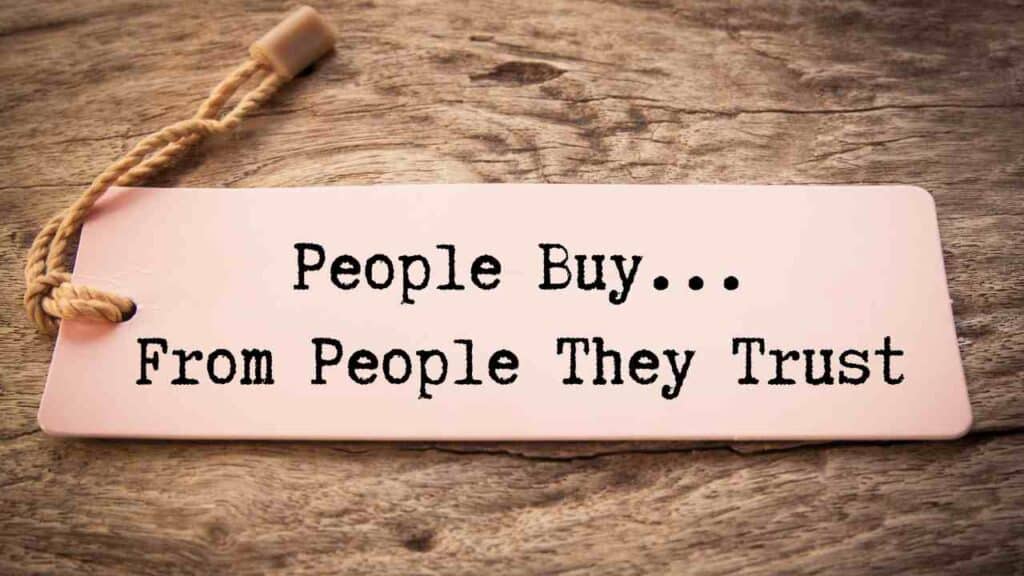Client Segmentation Using CRM

Client segmentation is a crucial aspect of any successful marketing strategy. By dividing your customer base into distinct groups based on their characteristics and behaviors, you can tailor your marketing efforts to meet their specific needs and preferences. One effective tool for client segmentation is Customer Relationship Management (CRM) software. In this article, we will explore the benefits of using CRM for client segmentation and provide valuable insights on how to implement this strategy effectively.
The Importance of Client Segmentation
Client segmentation allows businesses to understand their customers better and create targeted marketing campaigns. By dividing your customer base into segments, you can identify the unique characteristics and preferences of each group. This knowledge enables you to personalize your marketing messages, products, and services, resulting in higher customer satisfaction and increased sales.
Here are some key reasons why client segmentation is essential:
- Improved Customer Understanding: By segmenting your customers, you gain a deeper understanding of their needs, preferences, and behaviors. This knowledge helps you create more relevant and personalized marketing campaigns.
- Enhanced Customer Experience: When you tailor your marketing efforts to specific customer segments, you provide a more personalized and engaging experience. This leads to higher customer satisfaction and loyalty.
- Increased Sales and Revenue: By targeting your marketing efforts towards specific customer segments, you can deliver more compelling offers and promotions. This targeted approach increases the likelihood of conversion and drives higher sales and revenue.
- Cost Efficiency: Client segmentation allows you to allocate your marketing resources more efficiently. Instead of targeting a broad audience, you can focus on the segments that are most likely to respond positively to your marketing efforts, resulting in a higher return on investment.
Using CRM for Client Segmentation
CRM software is a powerful tool that can greatly facilitate the process of client segmentation. CRM systems collect and store valuable customer data, such as demographics, purchase history, and interactions with your business. This data can be leveraged to create meaningful customer segments and drive targeted marketing campaigns.
Here are some ways CRM can be used for client segmentation:
1. Data Collection and Analysis
CRM software allows you to collect and analyze a wide range of customer data. By tracking customer interactions, purchase history, and demographic information, you can gain valuable insights into your customer base. This data can then be used to create meaningful customer segments based on common characteristics and behaviors.
For example, a CRM system may reveal that a significant portion of your customers are young professionals who frequently purchase high-end electronics. This information can help you create a segment specifically targeting this group, offering them exclusive promotions and personalized recommendations.
2. Personalized Marketing Campaigns
Once you have identified your customer segments using CRM, you can create personalized marketing campaigns tailored to each group’s specific needs and preferences. By delivering targeted messages and offers, you can increase the effectiveness of your marketing efforts and drive higher conversion rates.
For instance, if you have a segment of customers who have shown interest in eco-friendly products, you can create a marketing campaign highlighting your company’s commitment to sustainability. This targeted approach is more likely to resonate with this specific segment and result in higher engagement and sales.
3. Customer Retention and Loyalty
CRM software can also help you improve customer retention and loyalty by identifying at-risk customers and implementing targeted retention strategies. By analyzing customer behavior and engagement data, you can identify customers who have reduced their interactions with your business or have shown signs of dissatisfaction.
For example, if a customer who used to make frequent purchases has not engaged with your business for a while, you can proactively reach out to them with personalized offers or incentives to re-engage. This targeted approach can help you retain valuable customers and prevent churn.
Case Study: XYZ Company
To illustrate the effectiveness of client segmentation using CRM, let’s consider the case of XYZ Company, a leading e-commerce retailer. XYZ Company implemented a CRM system to better understand their customer base and drive targeted marketing campaigns.
Using the CRM software, XYZ Company collected and analyzed customer data, including purchase history, demographics, and browsing behavior. They identified three key customer segments: young professionals, families, and tech enthusiasts.
For each segment, XYZ Company created personalized marketing campaigns. They sent exclusive promotions for high-end electronics to the tech enthusiasts segment, family-friendly product recommendations to the families segment, and time-limited discounts on fashion items to the young professionals segment.
The results were remarkable. XYZ Company saw a significant increase in sales and customer engagement. The personalized marketing campaigns resulted in higher conversion rates and customer satisfaction. By leveraging CRM for client segmentation, XYZ Company was able to optimize their marketing efforts and drive business growth.
Key Takeaways
Client segmentation using CRM is a powerful strategy that can greatly enhance your marketing efforts. Here are the key takeaways from this article:
- Client segmentation allows businesses to understand their customers better and create targeted marketing campaigns.
- CRM software collects and analyzes customer data, enabling businesses to create meaningful customer segments.
- Personalized marketing campaigns based on client segmentation lead to higher customer satisfaction and increased sales.
- CRM can also help improve customer retention and loyalty by identifying at-risk customers and implementing targeted retention strategies.
Implementing client segmentation using CRM can be a game-changer for your business. By leveraging the power of CRM, you can gain valuable insights into your customer base and deliver personalized marketing campaigns that drive results. Visit https://SaasExpert.ca to learn more about how our all-in-one sales and marketing platform can help you implement client segmentation effectively.
Learn more about “Advantages of CRM Audience Segmentation” here.
Frequently Asked Questions about Client Segmentation Using CRM

🤷♀️ What Does Client Segmentation in CRM Entail?
Client segmentation in the context of Customer Relationship Management (CRM) refers to the division of your customer base into smaller, manageable groups based on certain attributes like age, geographic location, buying behavior, or other relevant characteristics. 🎯
Why is this a big deal, you ask? By doing so, you can craft laser-focused marketing and sales campaigns that hit the mark. Imagine sending the right message, to the right people, at the right time. 🕒
🛠 How Does CRM Software Facilitate Client Segmentation?
If you’re looking to supercharge your segmentation strategy, CRM is your ultimate toolset. 🛠️ CRMs offer robust features that help categorize and manage your clientele effortlessly. From data analytics to pattern recognition and real-time updates, CRM software can automate much of the segmentation process. Think of it as having a backstage crew doing the heavy lifting, so you shine in the spotlight. 🌟
📈 What Are the Real-World Benefits of Client Segmentation Through CRM?
Brace yourself for a windfall of advantages! 💪
Targeted Outreach: Ever heard of a sniper approach? That’s what segmentation offers you. Precise, targeted interactions that lead to conversions. 🎯
Improved Customer Experience: By understanding and categorizing your clients, you’re better equipped to meet their specific needs and solve their unique problems, leading to enhanced satisfaction and loyalty. 💖
Resource Optimization: Time and money—you’ll save both by focusing your energies where they count the most. ⏳💵
Advanced Analytics: CRM gives you deep insights into each client segment, empowering you to refine your strategies and up your game. 📊
🎤 Can You Share Some Success Stories of Businesses That Thrived Through CRM Client Segmentation?
You’re in for some inspiration! 🌈 Companies across various industries—from retail to SaaS—have seen soaring heights through savvy CRM client segmentation. For instance, a healthcare service provider used segmentation to identify high-risk patients, thereby allocating resources more effectively and improving patient care. 🏥
Another example? A retail giant increased average order value by 20% by targeting clients based on their previous purchase history. 🛒
🚀 Any Insider Tips for Excelling in Client Segmentation with CRM?
You bet! To ace your segmentation strategy, consider the following tips:
Quality Over Quantity: Don’t over-segment. Too many segments can be overwhelming and counterproductive. 🚫
Continuous Learning: The market is ever-changing. Periodically update your segments to stay ahead of the curve. 🔄
Engage and Retest: Use A/B testing to continually tweak and optimize your campaigns. 🧪
Alignment: Make sure your segmentation goals align with your overall business objectives. 🎯
So there you have it! With CRM, not only can you excel in client segmentation, but you can also take your business to uncharted territories of success. 🌍🚀






